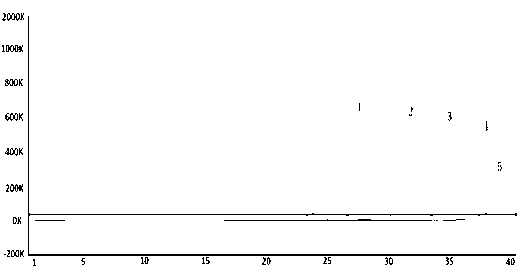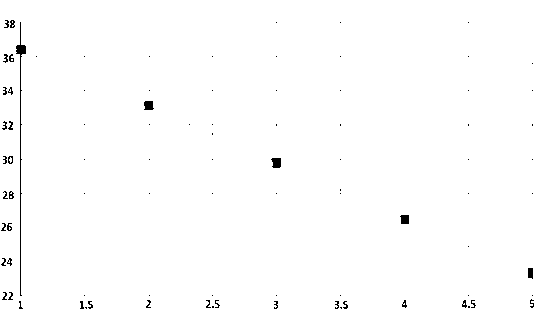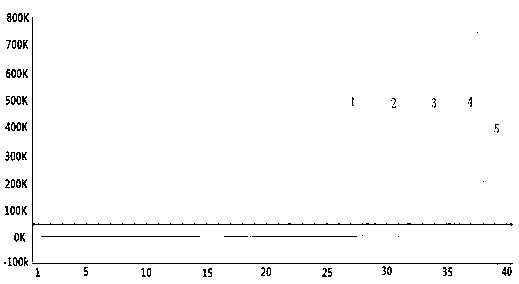Quadruple fluorescent quantitative polymerase chain reaction (PCR) detection kit for diarrheagenic escherichia coli
A detection kit and fluorescence quantitative technology, applied in the direction of fluorescence/phosphorescence, microbial measurement/inspection, biochemical equipment and methods, etc., can solve the problems of cumbersome operation, waste of clinical specimens and reagents, and long time consumption
- Summary
- Abstract
- Description
- Claims
- Application Information
AI Technical Summary
Problems solved by technology
Method used
Image
Examples
Embodiment 1
[0045] 1 Materials and methods
[0046] 1.1 Bacterial strains and clinical specimens:
[0047] Diarrhea-causing Escherichia coli O157:H7, O104:H4 bacteria (the strains were identified by automatic biochemical analyzer and serum agglutination of Japan Bioken and Denmark) were purchased from China Center for Disease Control and Prevention. The clinical samples were obtained from the stool samples of recent patients, which were cryopreserved after collection and transported to the laboratory in time.
[0048] 1.2 Primers and probes
[0049] The gene sequences of diarrhea-causing Escherichia coli O157:H7 and O104:H4 from all over the world were downloaded from the NCBI gene bank in the United States. The homology comparison was carried out, and specific primers and Taqman probes were designed in the conserved gene region of the corresponding genome. The sequence is as follows:
[0050] O157 Upstream Primer-F: 5’- TGGCATGACGTTATAGGCTACAAT -3’
[0051] O157 Downstream Primer-R: ...
Embodiment 2
[0079] Example 2 Detection of Clinical Samples
[0080]Using the "Eleventh Five-Year" major project - the diarrhea syndrome questionnaire of the infectious disease pathogen monitoring technology platform, 800 outpatient diarrhea samples collected from the First Affiliated Hospital of Zhejiang University School of Medicine from January 2011 to September 2011 (daily Defecation 3 times or more, and the stool is loose stool, watery stool, sticky pus or pus and blood, etc.) for detection. Bacterial DNA is directly extracted from collected diarrhea clinical samples, and target pathogenic bacteria are detected by the fluorescent PCR method of the present invention; meanwhile, parallel experiments are carried out by conventional culture methods. Results The fluorescent PCR method detected one part of O157:H7 and two parts of O104:H4. The fluorescent PCR method of the present invention has a higher positive rate than the conventional culture method and is easy to operate. The verifica...
PUM
 Login to View More
Login to View More Abstract
Description
Claims
Application Information
 Login to View More
Login to View More - R&D
- Intellectual Property
- Life Sciences
- Materials
- Tech Scout
- Unparalleled Data Quality
- Higher Quality Content
- 60% Fewer Hallucinations
Browse by: Latest US Patents, China's latest patents, Technical Efficacy Thesaurus, Application Domain, Technology Topic, Popular Technical Reports.
© 2025 PatSnap. All rights reserved.Legal|Privacy policy|Modern Slavery Act Transparency Statement|Sitemap|About US| Contact US: help@patsnap.com



